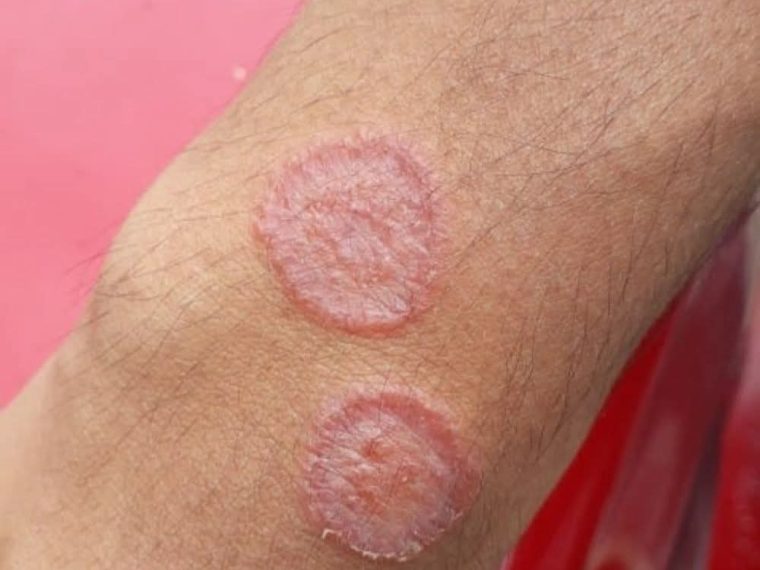3. Handle Pets with Care

Pets, especially cats and dogs, can carry ringworm without showing obvious symptoms. Look out for patches of missing fur or scaly spots on their skin. If you suspect your pet is infected, take them to a veterinarian for proper treatment.
Always wash your hands after handling pets, and try to avoid close skin contact until they’re fully treated. Regular grooming and cleaning of your pet’s bedding can also help reduce the risk.
4. Avoid Using Random Creams or Steroids
One of the most popular mistakes people make is self-treating skin rashes with steroid creams. While steroids may reduce itching temporarily, they also lessen the skin’s defenses, allowing the fungus to spread faster and deeper.
If you find ringworm, use antifungal creams consisting of clotrimazole, terbinafine, or ketoconazole instead or better yet, cons a dermatologist. Early diagnosis and the right treatment make recovery much faster.
5. Strengthen Your Skin from the Inside Out

Healthy skin starts with a healthy body. A strong immune system can fight off fungi before they take hold.
Try to maintain a balanced diet rich in fruits, vegetables, and probiotics. Drink enough water, exercise regularly, and manage stress since chronic stress can weaken your immune system and make you more vulnerable to infections.
Sleep is equally important; your body repairs and strengthens its natural defenses while you rest.
Final Thoughts
Preventing ringworm doesn’t require expensive treatments just consistent care and awareness. Cleanliness, dryness, and proper hygiene go a long way in protecting your skin.
If you notice any persistent, itchy, ring-shaped patches, don’t ignore them. Seek medical advice early to prevent spreading the infection to other parts of your body or to people around you.





